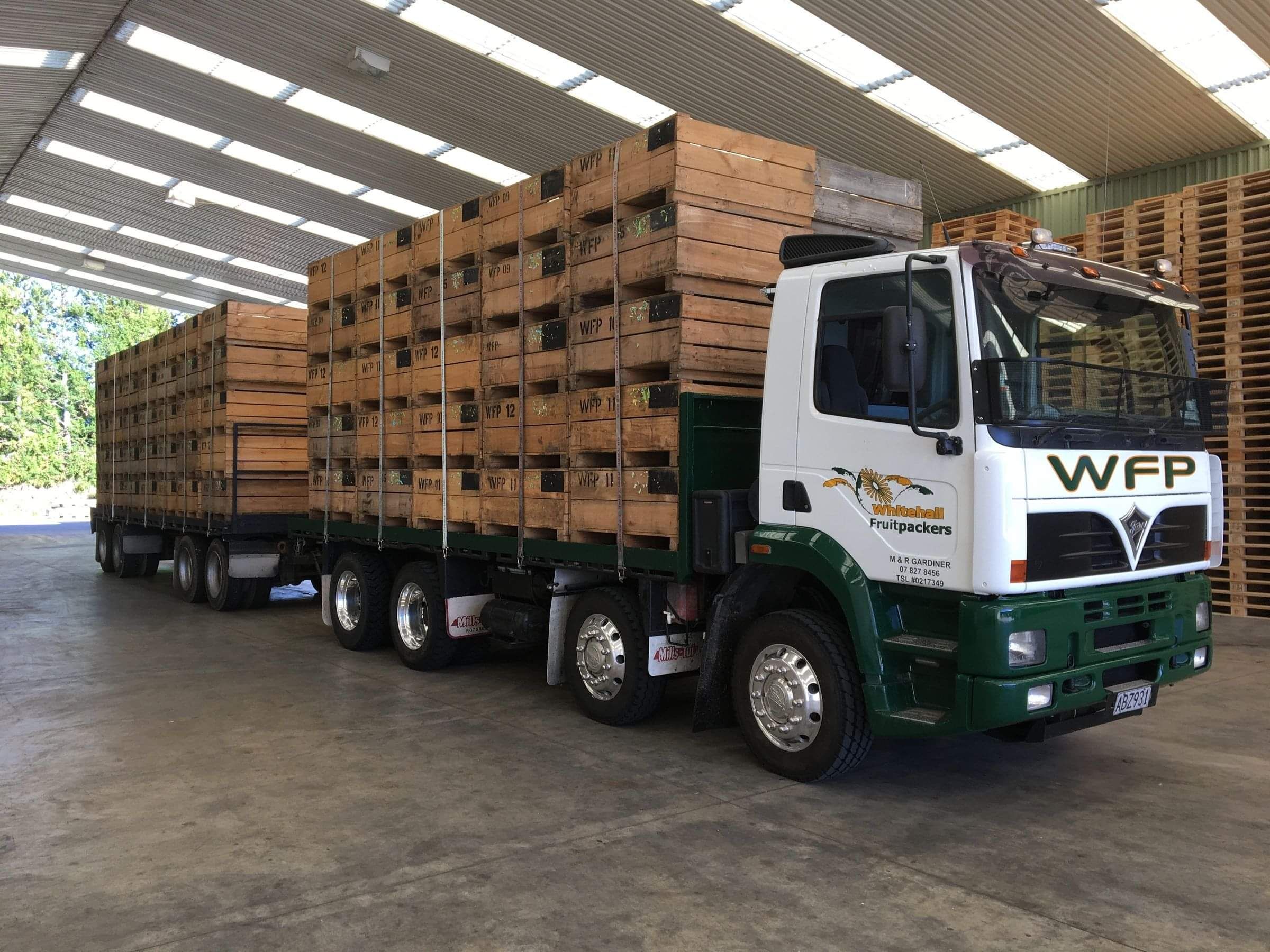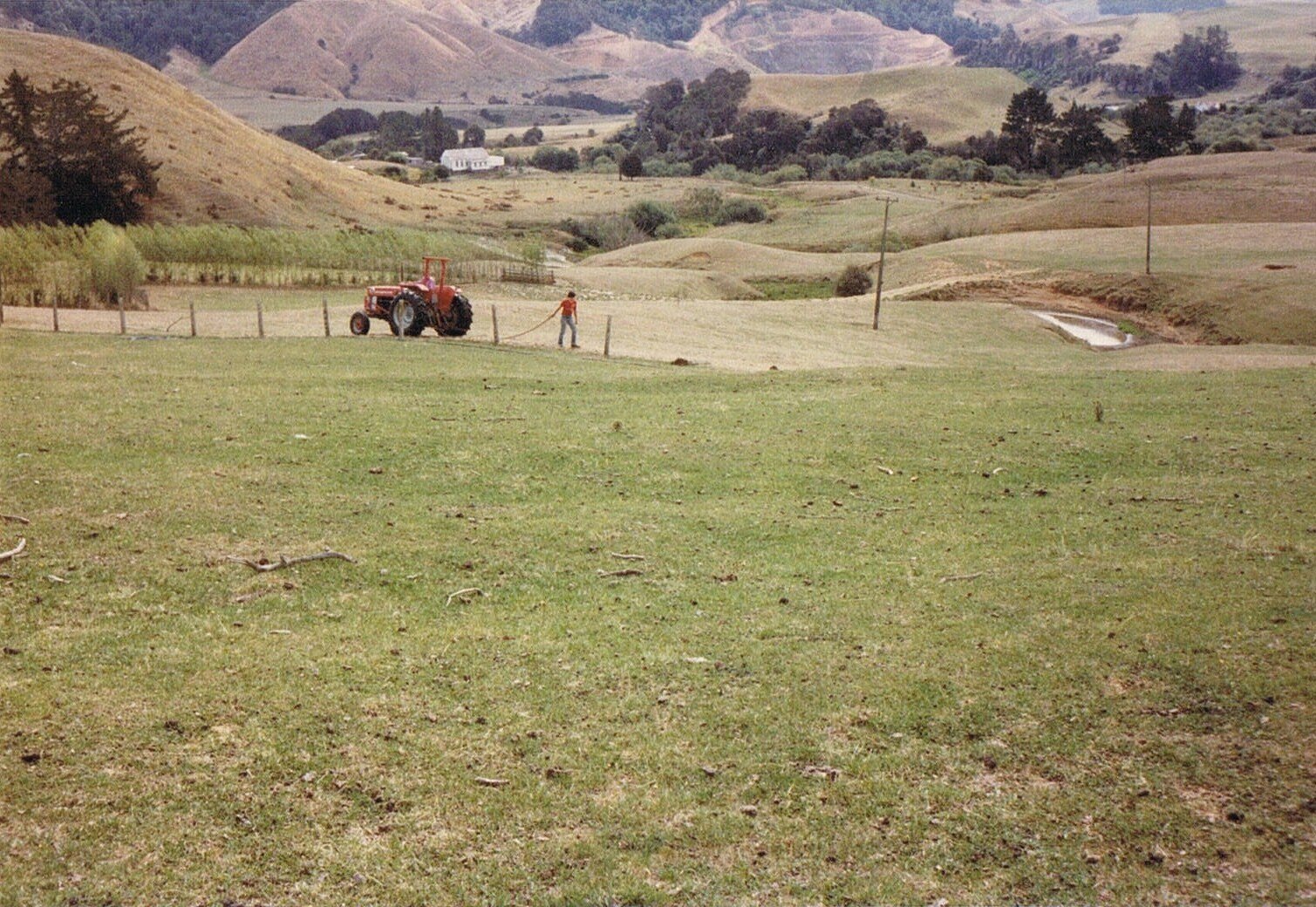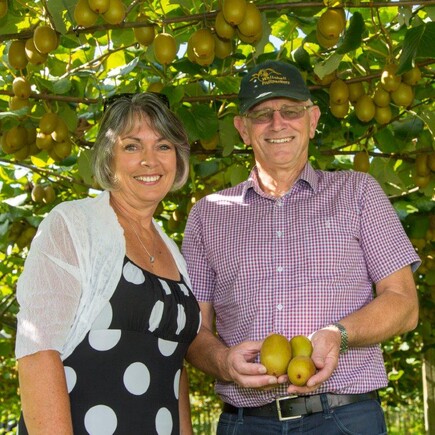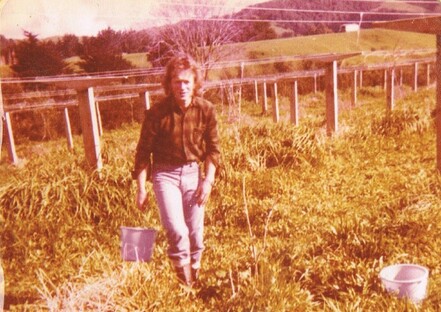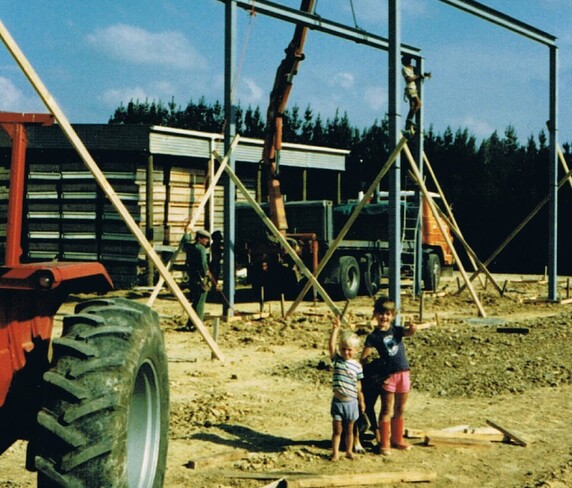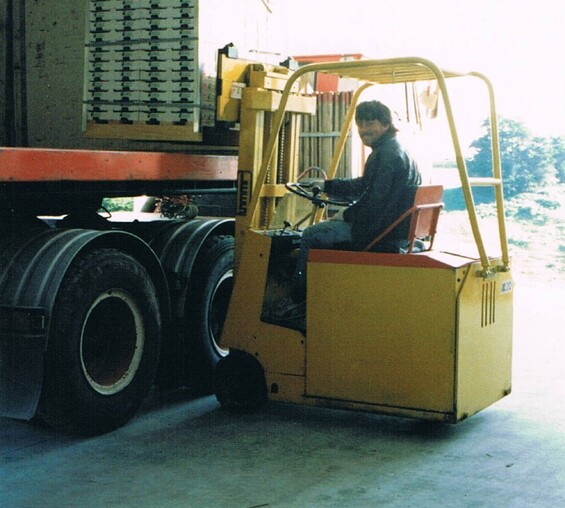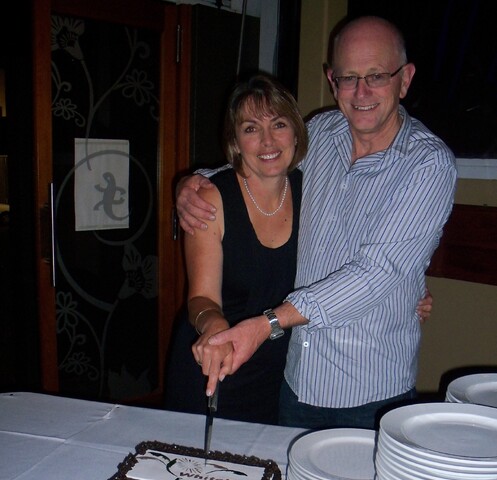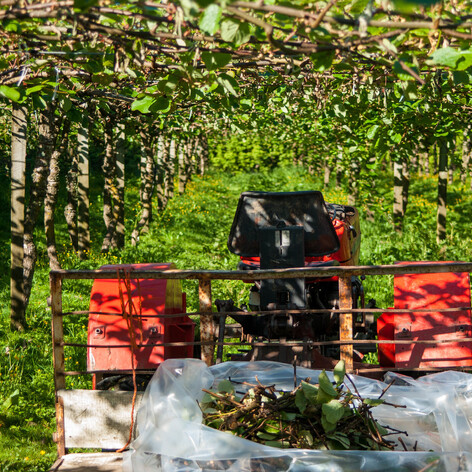From Humble Beginnings
Mark and Robyn, co-founders of WFP, met and married in 1979. Mark, originally a sheep farmer, became disillusioned with agriculture at the end of the 70's and decided to change tack.
The First of Many
Mark hedged his bets early on, planting his first kiwifruit vine in 1975 in the original Whitehall block, known now as Whitehall Tops, which to this day is still producing some of the tastiest fruit WFP has to offer!
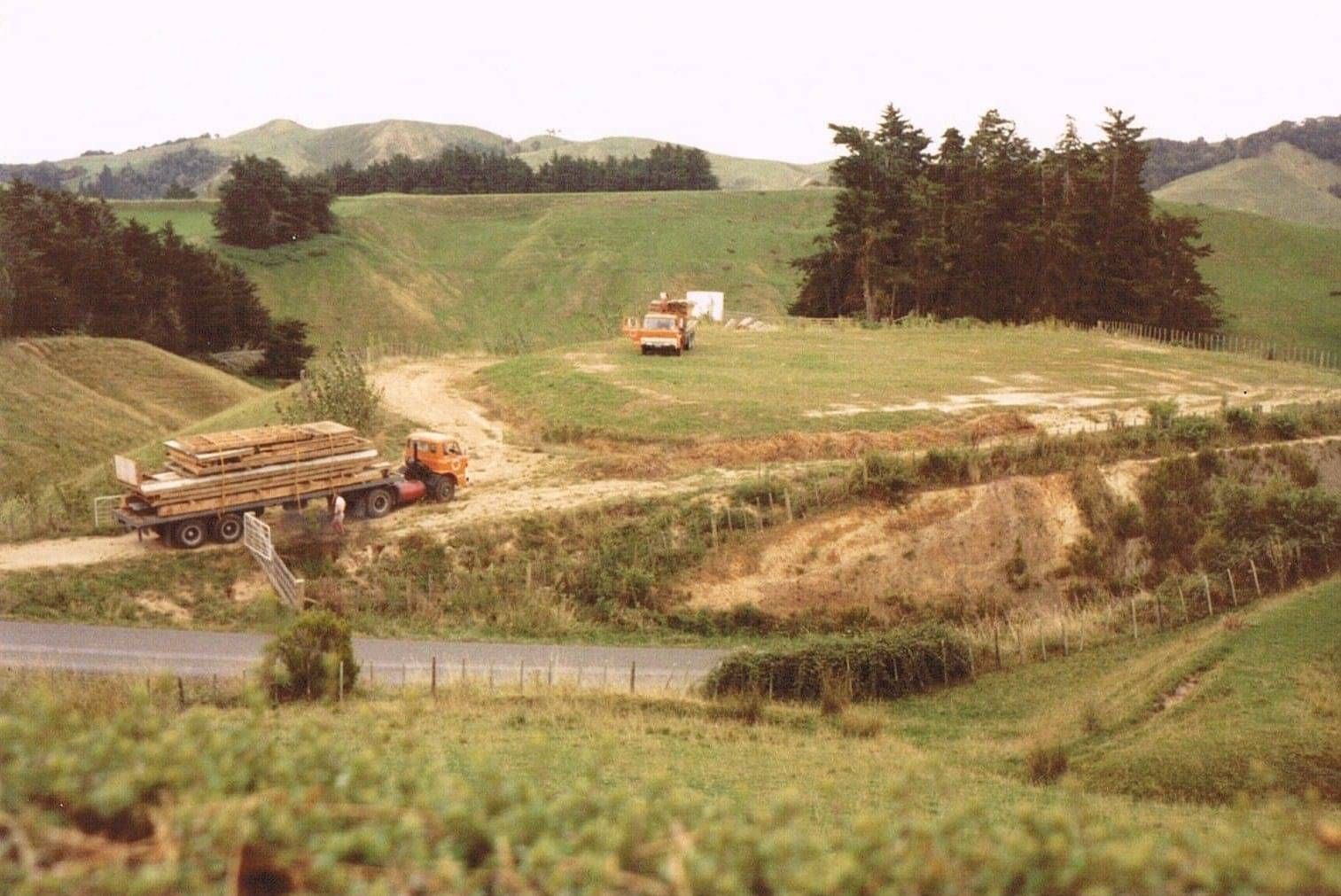
Ahead of the Pack
Mark and Robyn had packed with several packhouses but in 1984 decided to build their own, contouring and preparing the land before the big build.
The timber used came from Mark's father's old sawmill which had sawn its last logs. Mark purchased the timber that made up the mill, relocated and re-homed it as the new pack house.

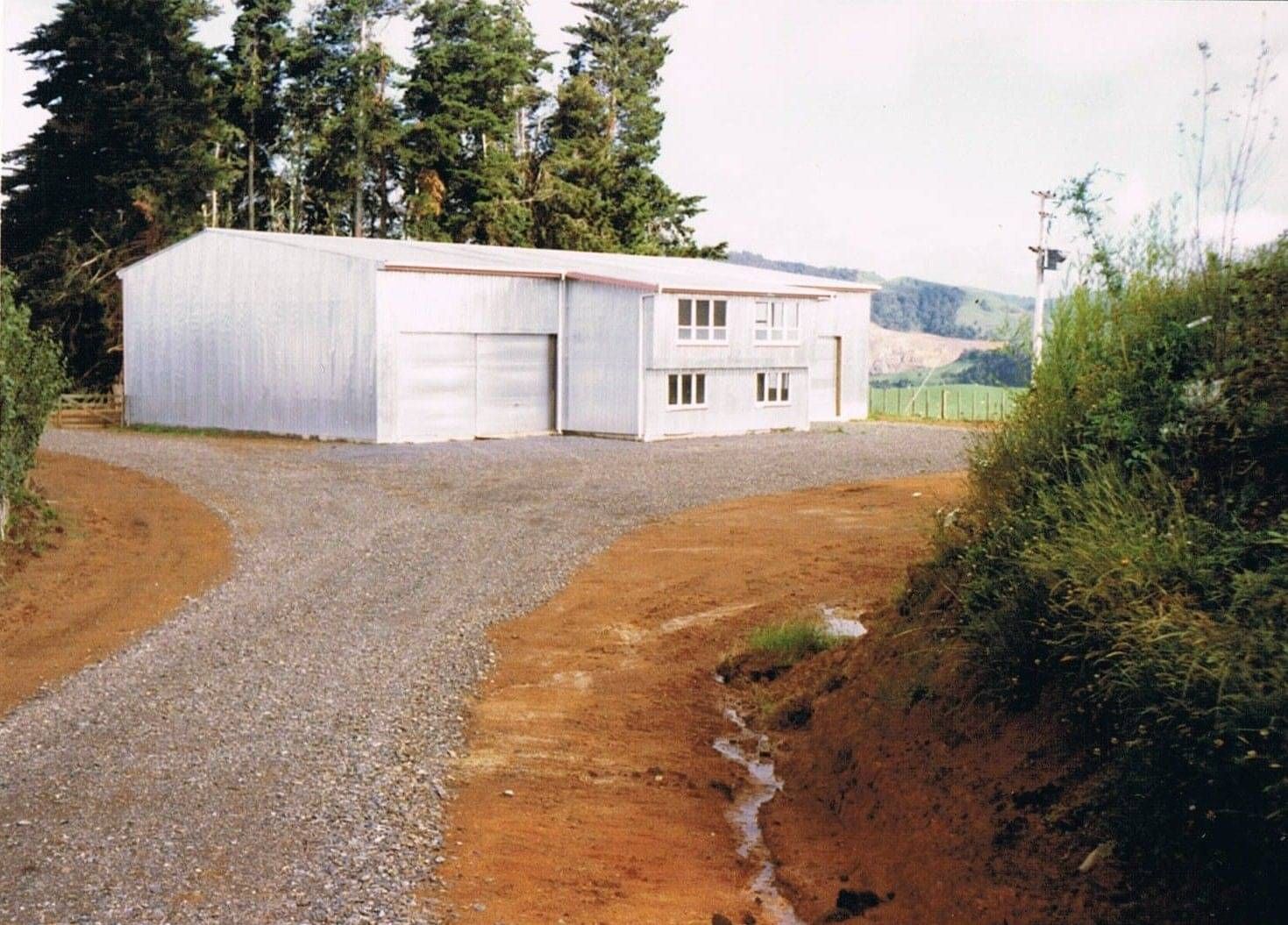
The finished building, ready to pack some fruit!
The original grader came from Te Puke and in 1985 Whitehall Fruitpackers packed its first harvested kiwifruit, packing 28,000 trays!
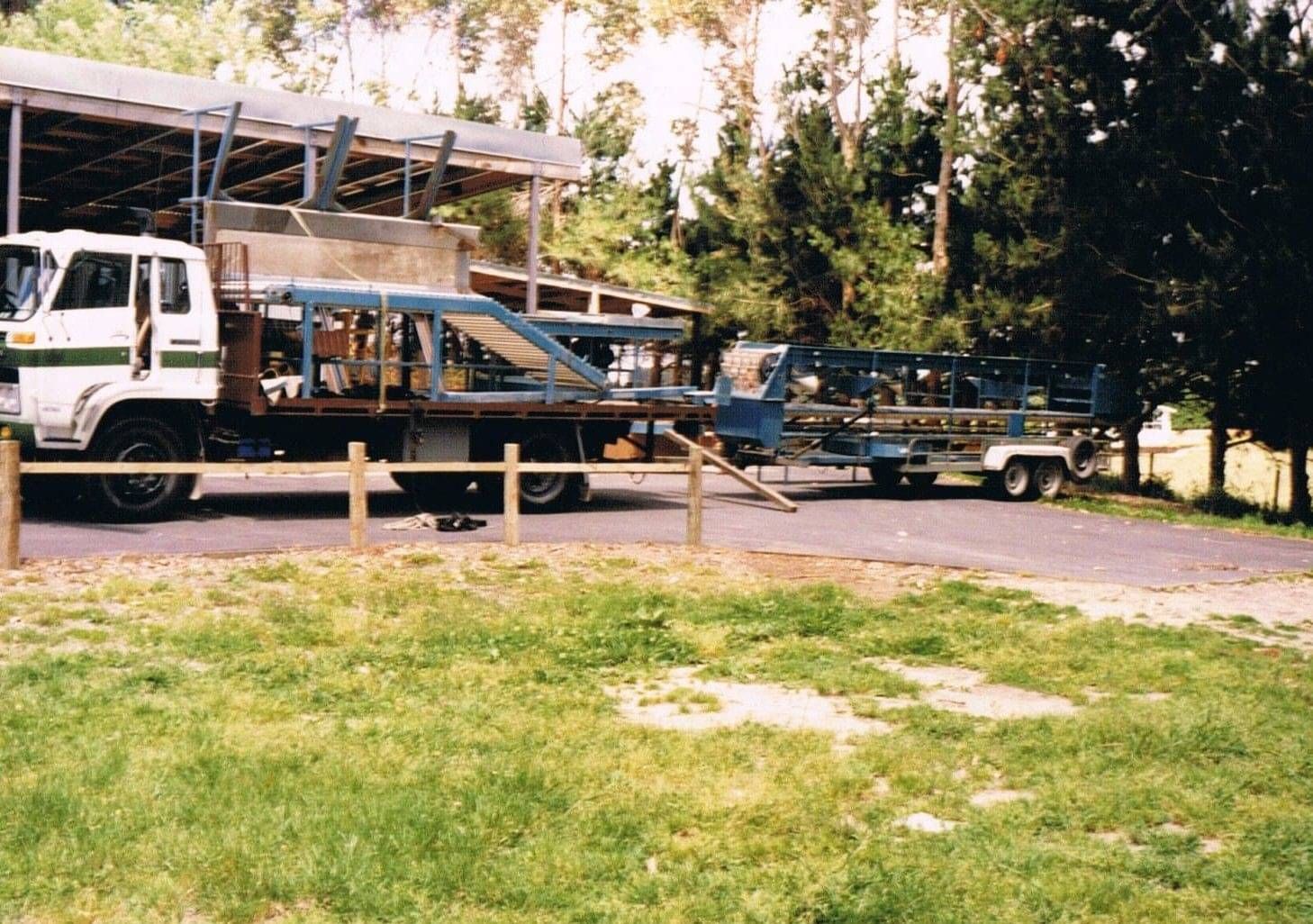

End of an Era
In 1989 Mark and Robyn ended their careers as sheep farmers and sold their original farm. The picture to the left is of their daughter Kristin, helping them to round up the sheep one last time.
They retained the land that the Packhouse occupied, as well as a small amount of farm land which they later built their house on.
Up, Up, and Away
Whitehall Fruitpackers continued to expand. Building it's first cool-store in 1988, another in 1990, and a third in 1996

All go in the packhouse, with trays full of Green Kiwifruit!
Shaping up, shipping out!
Gavin Pullenger, who is now one of our Head Quality Controllers, loading pallets onto WFP's first ever loadout destined for overseas.
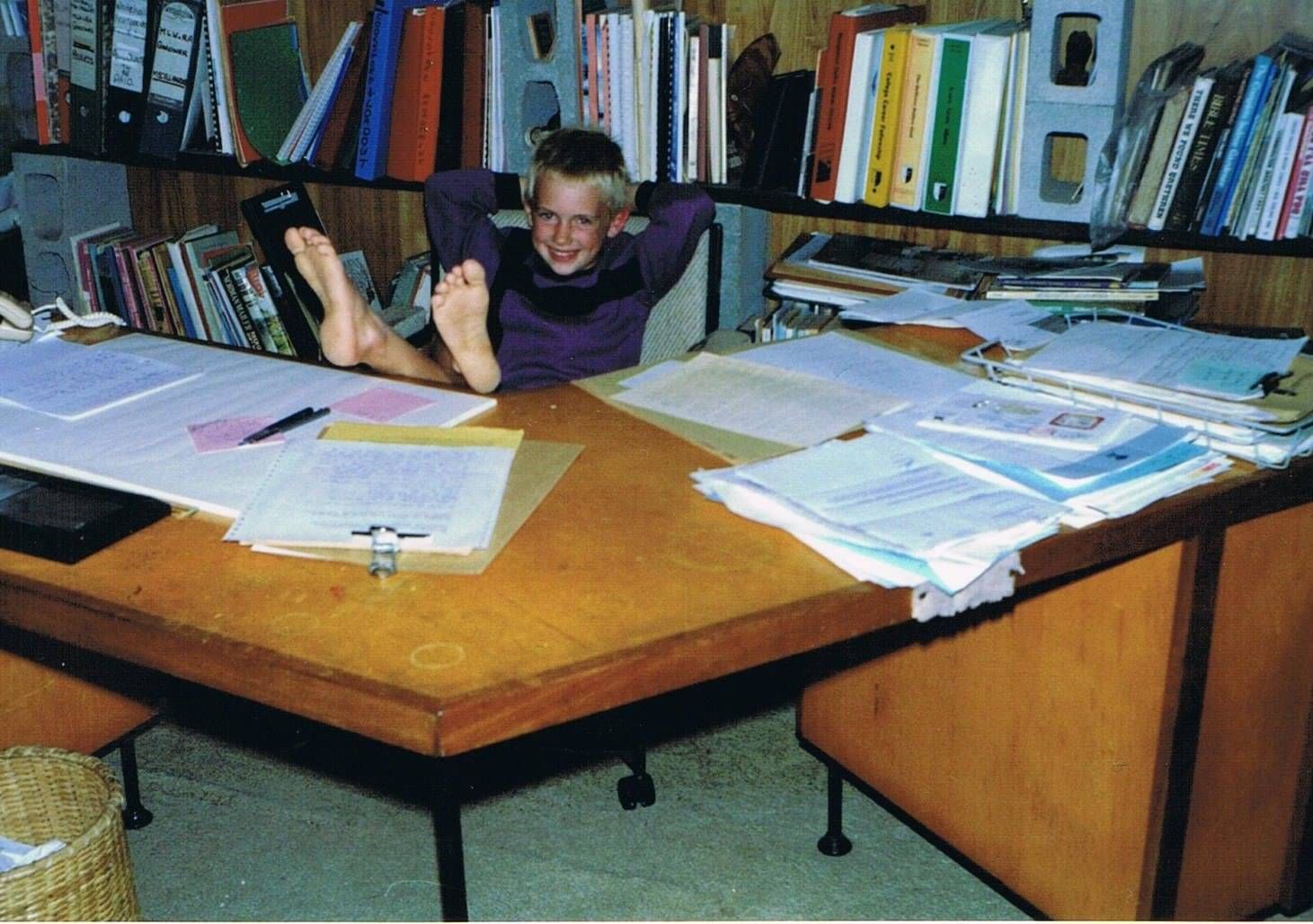
Manager in the Making
The now Operations Manager, Ben, putting his feet up after a hard days work.
From organising his tractors and diggers in the sandpit, to now managing all operational activity for the business, Ben was born for the operations role!
Big and Bold
In 1999, WFP made it's biggest acquisition to date, it's Gorton Road property.
150 acres of land, or 40 Canopy Hectares, destined all for Kiwifruit in both the Hayward Green and 16A Gold Varieties.
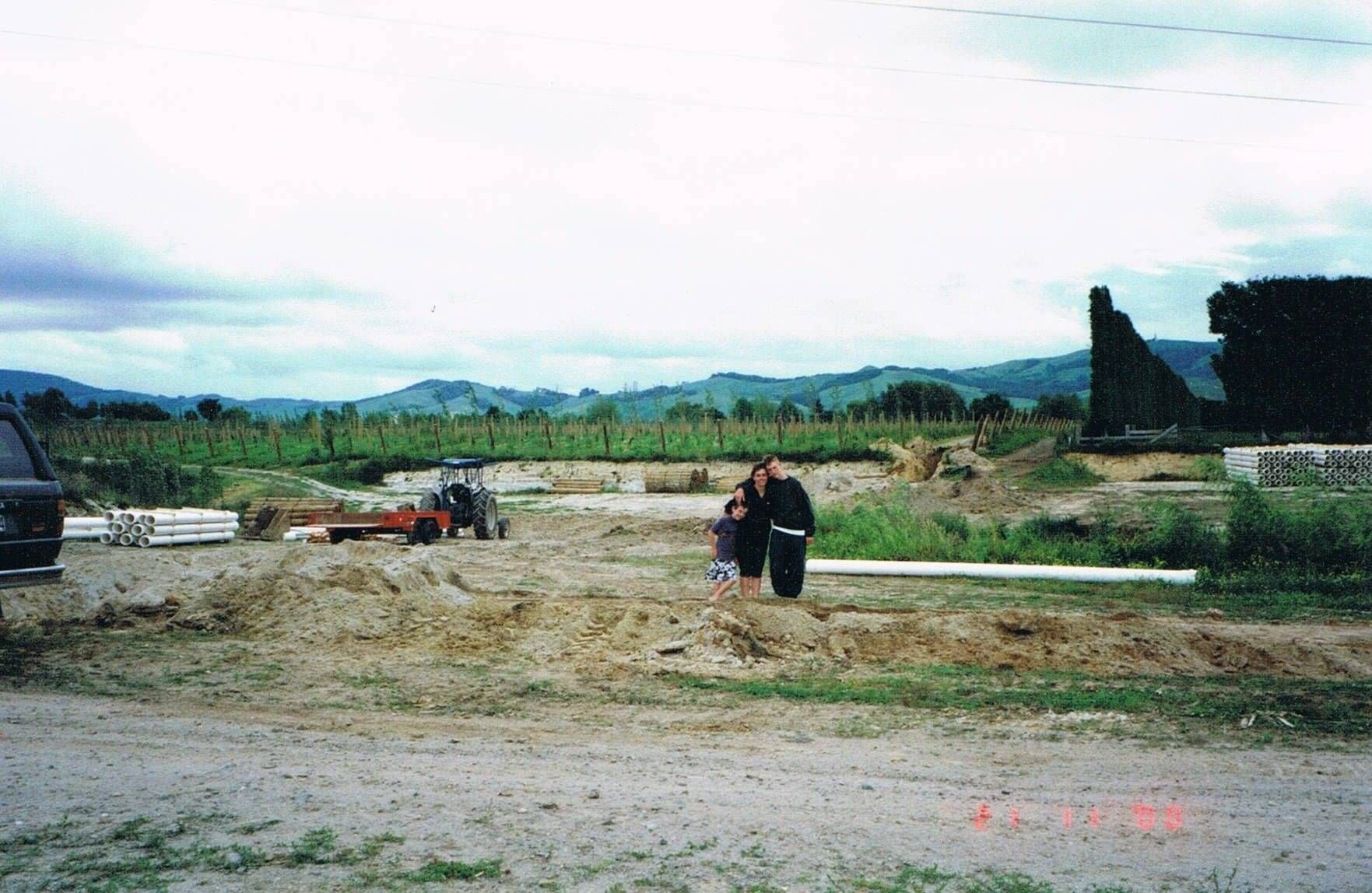
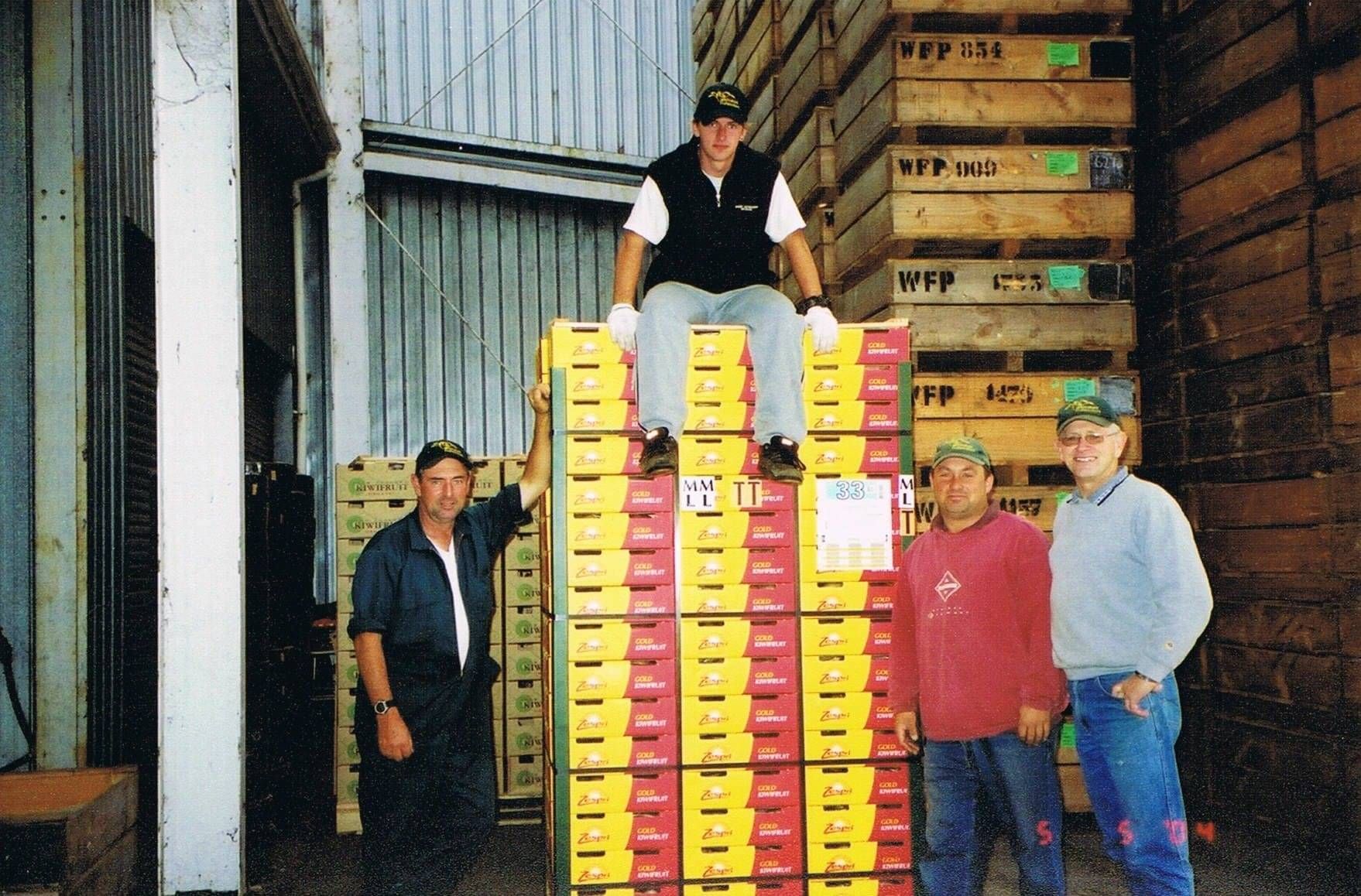
Growing Pains
By 2004 the first crop from Gorton Road was packed. Sadly, this was the final year for the original packhouse, which had reached capacity, just shy of 400,000 trays.
At this stage it was either build bigger or pack elsewhere.
Good things in time, great things in an instant
2005 saw the commissioning of the new packhouse at Gorton Road. With a shiny new Compac Class 1 grader and abundant coolstore space, WFP launched into a new era of packing kiwifruit.

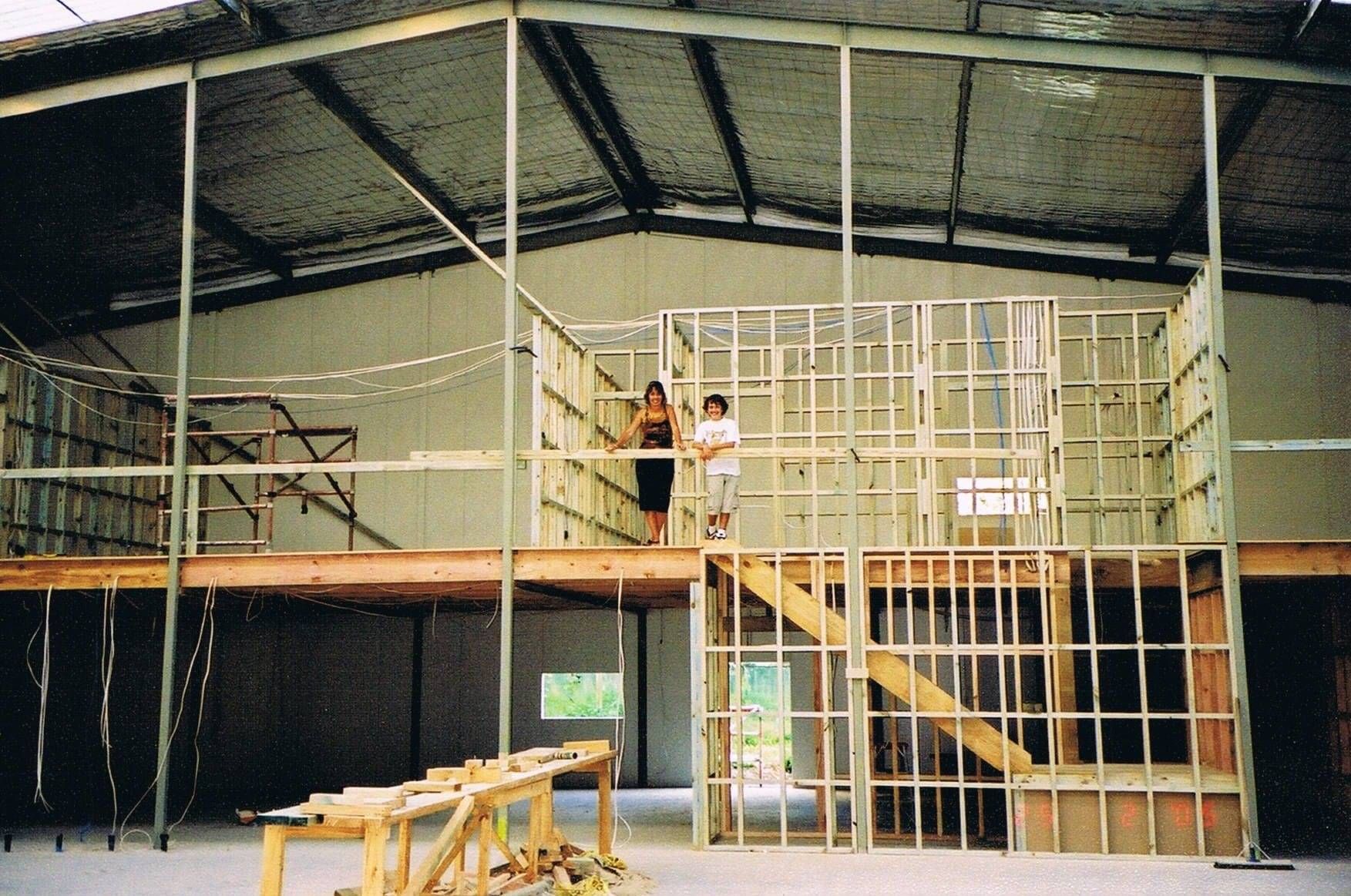
The office space and staff room, all getting ready for the coming season.
All the makings of the new packhouse, with enough room to turn a truck!

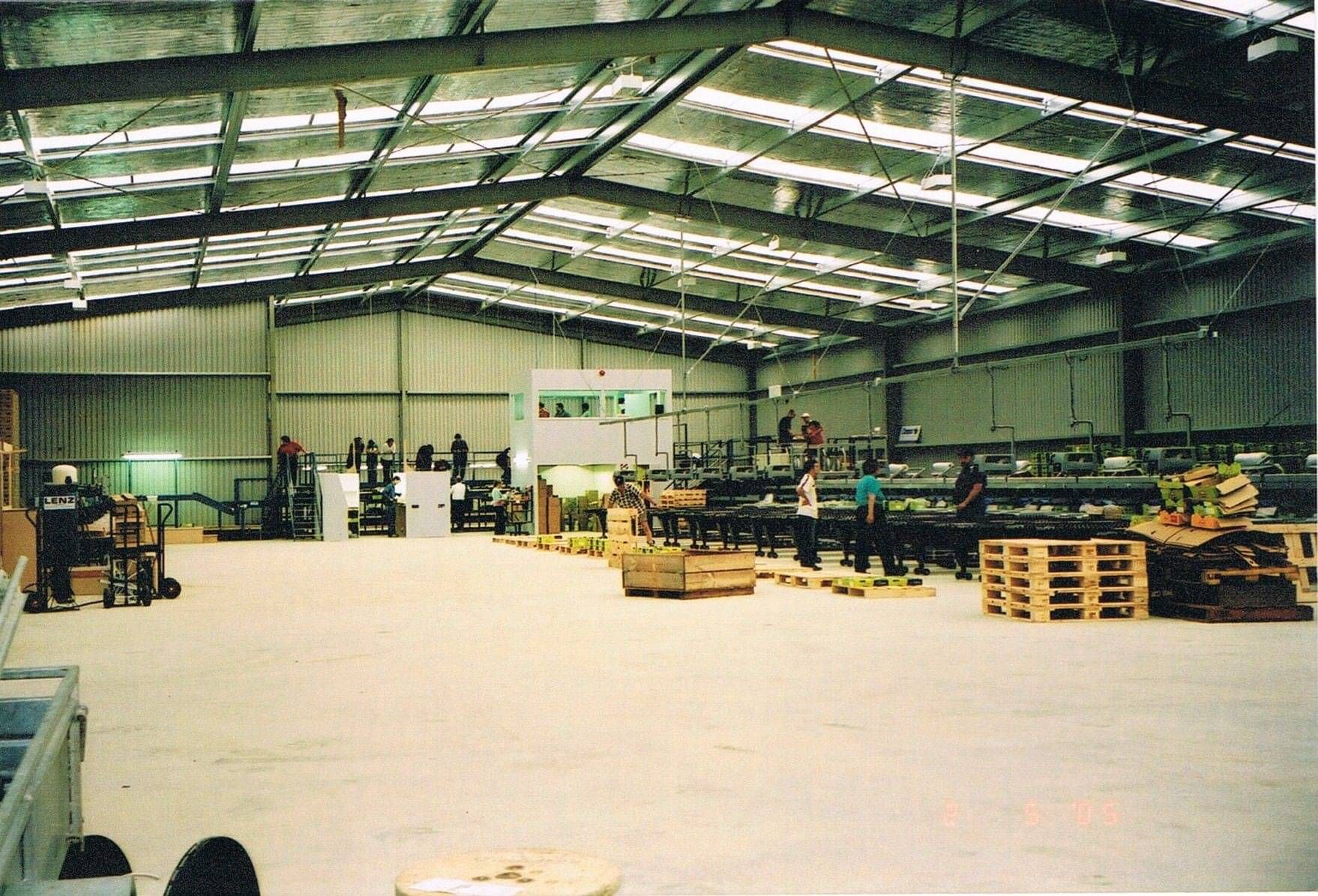
The first fruit through the new packhouse!
Another Large Step
In 2006 WFP acquired another sizable property, Heritage Farm. The new 40 hectare venture consisted of kiwifruit, plums, apples and asparagus, which made an ambitious new challenge for the business.
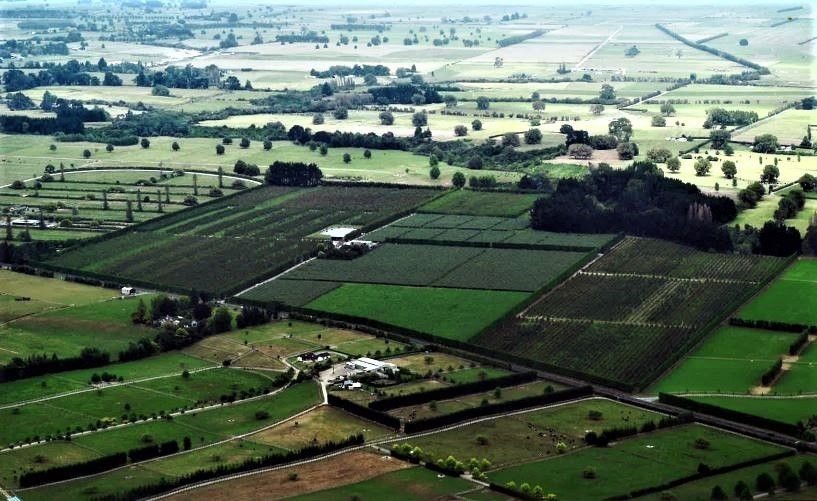
1 Million and counting!
2009 marked a special year for Mark and Robyn, with WFP hitting a milestone of 25 years of operation.
Not only that but WFP also packed over 1 million first class trays for Zespri through its packhouse, another major milestone for WFP.
A whole new playing field
With the price of apples dropping Mark made the call to develop Heritage one step further by removing all of the apples, plums and asparagus to produce only kiwifruit.
This was a big project, spanning several months of pulling out trees and putting back posts and plants, in total 28.5 hectares was replaced with kiwifruit.

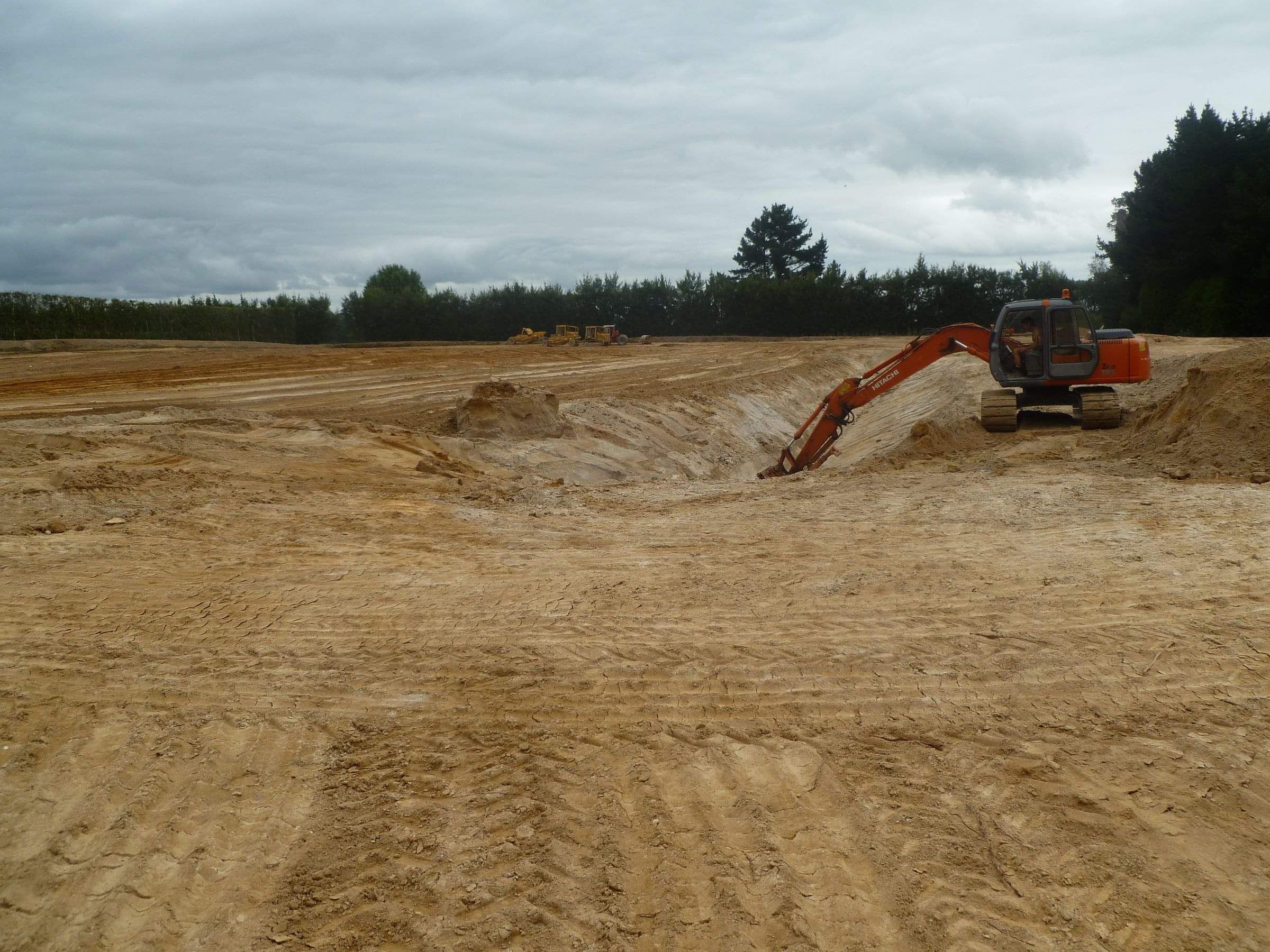
With the addition of another 28.5 hectares came the need for sufficient irrigation and frost protection, therefore the decision was made to construct a lake capable of sustaining the orchard in both the event of frost and drought.
The project spanned several months, with careful planning and moving large amounts of dirt, the lake was beginning to take shape
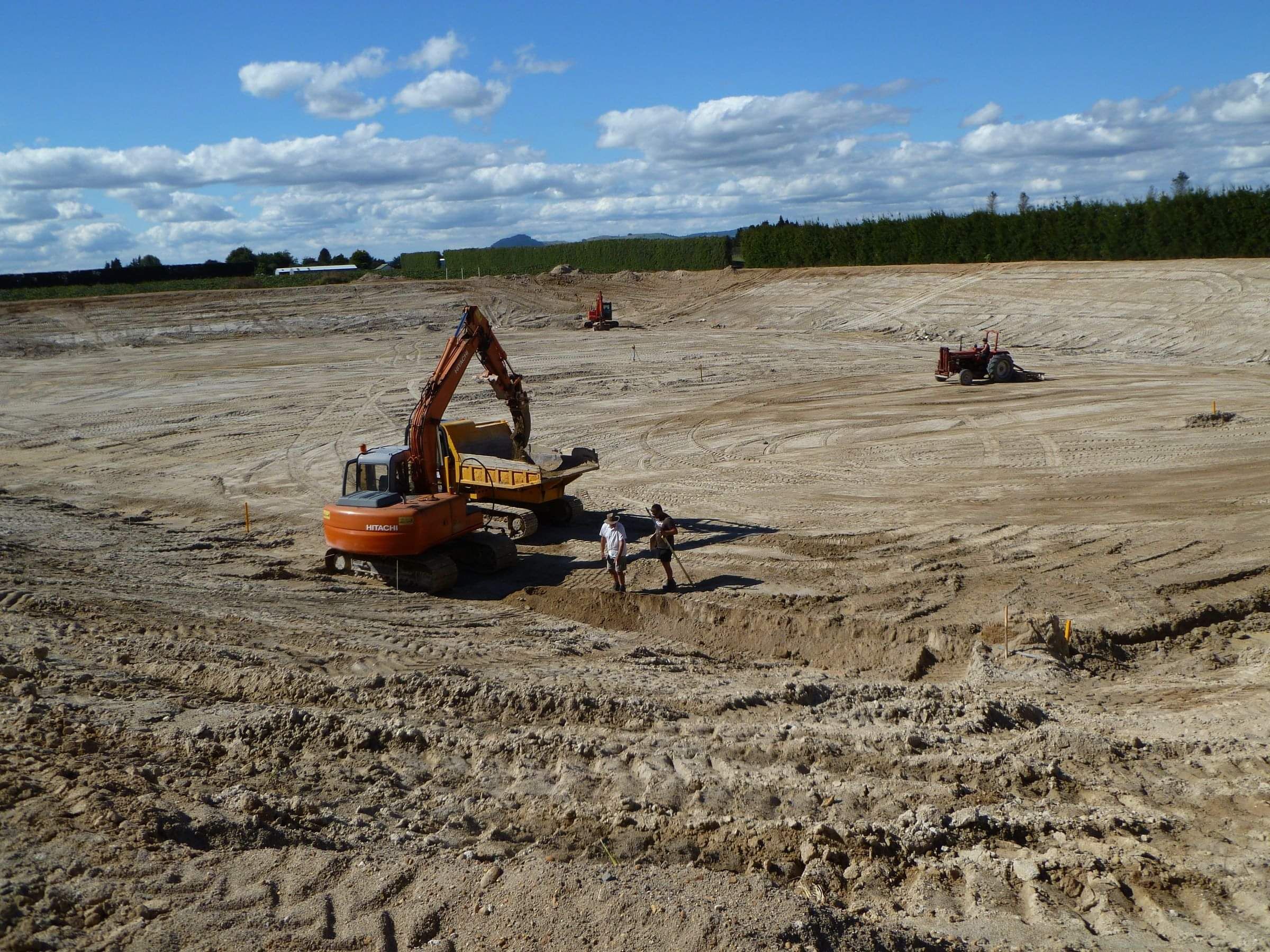

With the foundation and ground work set, the next step was lining the almost 2 hectare titan. Every join was plastic welded to seal the seams to ensure the whole lake was water tight.
The finished product
The completed lake at heritage, capable of holding 50,000 cubic meters or 50,000,000 litres of water. The system is capable of protecting the site from frosts for roughly 11 days in a row.
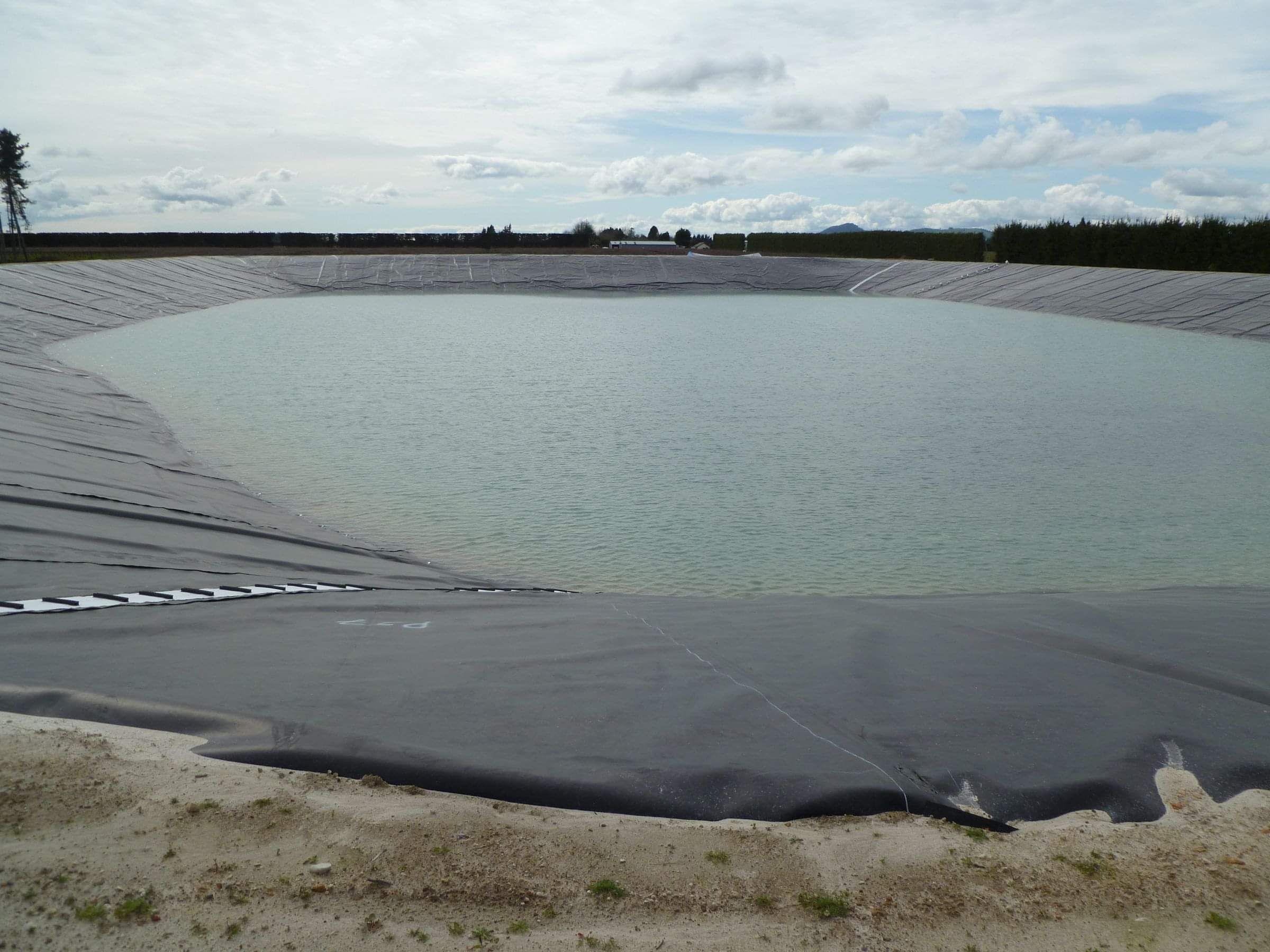
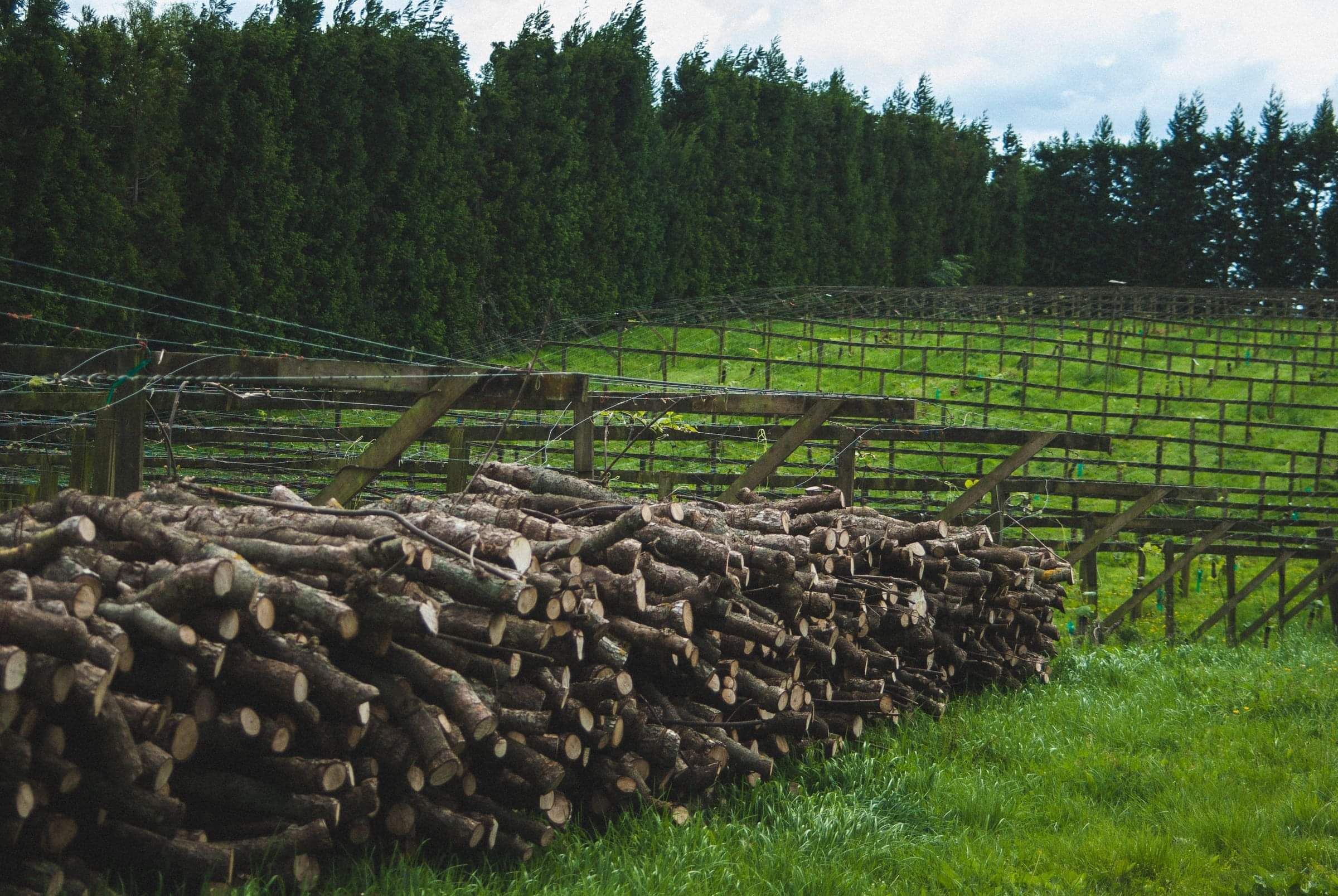
PSA
In 2012, kiwifruit growing changed forever for WFP. The bacteria known as PSA was found in our orchards, which resulted in drastic measures being taken to ensure survival.
All of WFP's kiwifruit in the 16A Gold cultivar was cut out, and depending on the root-stock of the plant, was either re-grafted to G3 Sungold, or completely replanted, and then grafted to G3 Sungold.
PSA Control
All infected plant material at this point had to be burnt in order to mitigate the risk of the bacteria spreading. To this day, this is the best way to control the spread of PSA, by removing it from the orchard and burning it off site where possible.
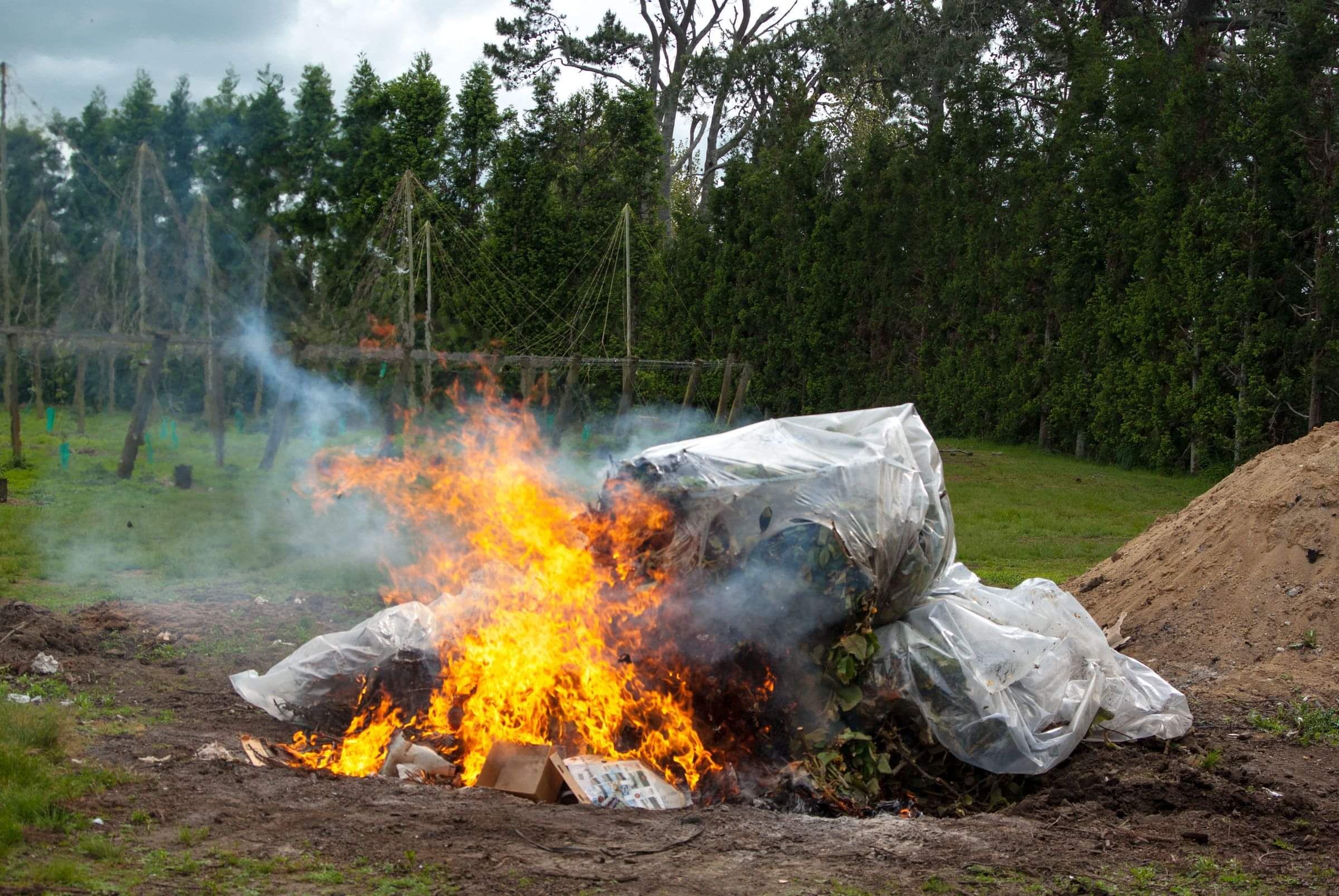
The road to recovery
The battle with PSA is here to stay unfortunately, but the more we deal with it the more we are learning. Since the first instance of PSA we have come a long way. Every day we become more confident in combating it and the prospect of growing kiwifruit gets better every day.
Growing kiwifruit in a growing business
WFP continues to surge ahead as demand around the globe continues to outweigh supply. We are constantly improving and bettering how we operate and grow our kiwifruit and continue to enjoy supplying delicious fruit to people all around the world!
